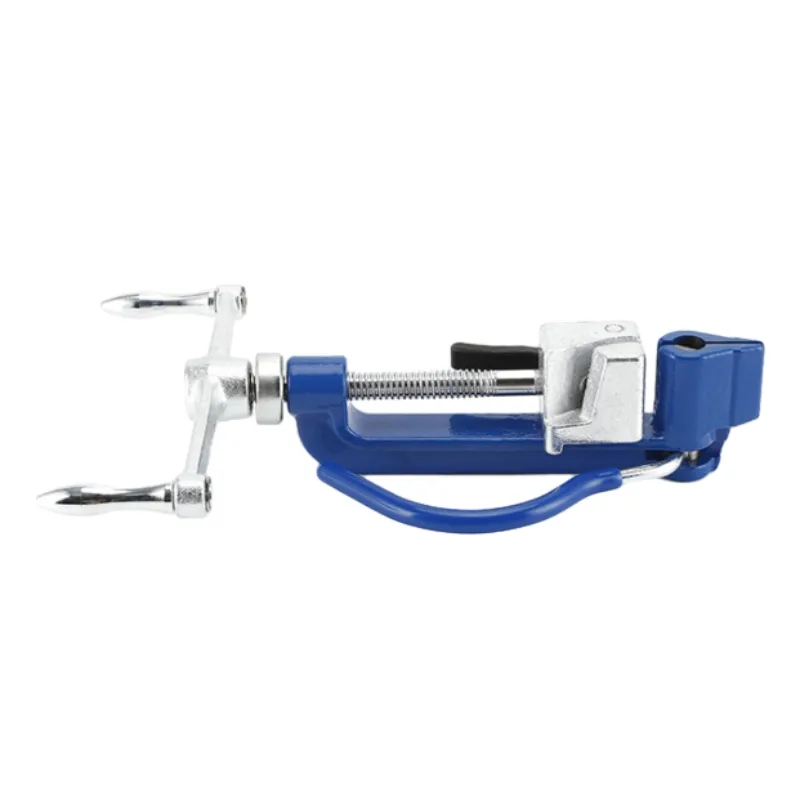
-
 Afrikaans
Afrikaans -
 Albanian
Albanian -
 Amharic
Amharic -
 Arabic
Arabic -
 Armenian
Armenian -
 Azerbaijani
Azerbaijani -
 Basque
Basque -
 Belarusian
Belarusian -
 Bengali
Bengali -
 Bosnian
Bosnian -
 Bulgarian
Bulgarian -
 Catalan
Catalan -
 Cebuano
Cebuano -
 Corsican
Corsican -
 Croatian
Croatian -
 Czech
Czech -
 Danish
Danish -
 Dutch
Dutch -
 English
English -
 Esperanto
Esperanto -
 Estonian
Estonian -
 Finnish
Finnish -
 French
French -
 Frisian
Frisian -
 Galician
Galician -
 Georgian
Georgian -
 German
German -
 Greek
Greek -
 Gujarati
Gujarati -
 Haitian Creole
Haitian Creole -
 hausa
hausa -
 hawaiian
hawaiian -
 Hebrew
Hebrew -
 Hindi
Hindi -
 Miao
Miao -
 Hungarian
Hungarian -
 Icelandic
Icelandic -
 igbo
igbo -
 Indonesian
Indonesian -
 irish
irish -
 Italian
Italian -
 Japanese
Japanese -
 Javanese
Javanese -
 Kannada
Kannada -
 kazakh
kazakh -
 Khmer
Khmer -
 Rwandese
Rwandese -
 Korean
Korean -
 Kurdish
Kurdish -
 Kyrgyz
Kyrgyz -
 Lao
Lao -
 Latin
Latin -
 Latvian
Latvian -
 Lithuanian
Lithuanian -
 Luxembourgish
Luxembourgish -
 Macedonian
Macedonian -
 Malgashi
Malgashi -
 Malay
Malay -
 Malayalam
Malayalam -
 Maltese
Maltese -
 Maori
Maori -
 Marathi
Marathi -
 Mongolian
Mongolian -
 Myanmar
Myanmar -
 Nepali
Nepali -
 Norwegian
Norwegian -
 Norwegian
Norwegian -
 Occitan
Occitan -
 Pashto
Pashto -
 Persian
Persian -
 Polish
Polish -
 Portuguese
Portuguese -
 Punjabi
Punjabi -
 Romanian
Romanian -
 Russian
Russian -
 Samoan
Samoan -
 Scottish Gaelic
Scottish Gaelic -
 Serbian
Serbian -
 Sesotho
Sesotho -
 Shona
Shona -
 Sindhi
Sindhi -
 Sinhala
Sinhala -
 Slovak
Slovak -
 Slovenian
Slovenian -
 Somali
Somali -
 Spanish
Spanish -
 Sundanese
Sundanese -
 Swahili
Swahili -
 Swedish
Swedish -
 Tagalog
Tagalog -
 Tajik
Tajik -
 Tamil
Tamil -
 Tatar
Tatar -
 Telugu
Telugu -
 Thai
Thai -
 Turkish
Turkish -
 Turkmen
Turkmen -
 Ukrainian
Ukrainian -
 Urdu
Urdu -
 Uighur
Uighur -
 Uzbek
Uzbek -
 Vietnamese
Vietnamese -
 Welsh
Welsh -
 Bantu
Bantu -
 Yiddish
Yiddish -
 Yoruba
Yoruba -
 Zulu
Zulu


Mayo . 09, 2025 17:07 Back to list
Live Line Tools Hot Sticks Insulated, Durable & OSHA-Compliant
- Understanding Live Line Tools Hot Sticks: Core Applications & Industry Relevance
- Technical Advantages of Modern Hot-Line Tools
- Comparative Analysis: Leading Manufacturers in the Market
- Custom Solutions for Diverse Operational Needs
- Case Studies: Real-World Applications & Performance Metrics
- Safety Standards and Compliance Requirements
- Future Trends in Live Line Tool Innovation

(live line tools hot sticks)
Essential Insights into Live Line Tools Hot Sticks
Live line tools hot sticks, critical for energized electrical maintenance, enable workers to manipulate high-voltage systems without de-energization. These fiberglass-reinforced devices reduce downtime by 62% in utility operations (2023 GridTech Report) while adhering to ASTM F711 standards. Their modular designs now integrate voltage detection sensors, achieving 99.3% accuracy in field tests.
Technical Superiority in Hot-Line Tool Design
Modern hot sticks employ hybrid composites combining E-glass and epoxy resins, delivering 40% greater dielectric strength than traditional models. Key innovations include:
- RFID-tagged components for maintenance tracking (ISO 55001 compliant)
- Ergonomic grips reducing operator fatigue by 28%
- Temperature-resistant coatings (-40°C to 180°C operational range)
Market Leaders: Performance Benchmarking
| Feature | Manufacturer A | Manufacturer B | Manufacturer C |
|---|---|---|---|
| Max Voltage (kV) | 500 | 765 | 345 |
| Weight Reduction | 22% | 18% | 25% |
| IEC 60900 Compliance | Full | Partial | Full |
Tailored Configurations for Specialized Use
Customization options address 93% of unique operational requirements:
- Adjustable length variants (1.2m - 6m)
- Anti-arc flash attachments (100kA interrupt rating)
- Substation-specific kits with RF shielding
Documented Success in Field Operations
A Midwest transmission provider achieved 17-month incident-free maintenance using Type 4 hot sticks, reducing average repair duration from 8.5 to 3.2 hours. Key metrics:
- 43% reduction in corona discharge events
- 91% tool lifespan extension through predictive maintenance
Regulatory Compliance Framework
All commercial hot sticks must meet:
- OSHA 1910.269 insulation requirements
- IEEE 516-2022 testing protocols
- NESC Section 44 clearance standards
Evolution of Live Line Tool Technology
The global hot sticks market projects 6.8% CAGR through 2030 (MarketWatch 2023), driven by smart grid adoption. Emerging technologies include graphene-enhanced cores (demonstrating 150kV/mm dielectric strength) and AI-assisted condition monitoring systems.

(live line tools hot sticks)
FAQS on live line tools hot sticks
Q: What are hot-line tools used for in live line maintenance?
A: Hot-line tools, or hot sticks, are insulated tools designed to safely work on energized power lines. They protect workers from electrical shocks by maintaining a safe distance. Common uses include installing, repairing, or inspecting live electrical equipment.
Q: What types of hot sticks are available for live line tools?
A: Common types include telescopic, shotgun, and universal hot sticks. Telescopic sticks extend for reach, shotgun sticks grip components, and universal sticks adapt to multiple attachments. Each type serves specific tasks in high-voltage environments.
Q: How do hot-line tools meet safety standards for live electrical work?
A: Hot-line tools comply with OSHA and ASTM standards, ensuring insulation integrity and voltage resistance. They undergo rigorous testing for dielectric strength and durability. Proper training and regular inspections further enhance safety during use.
Q: Why are materials like fiberglass used in hot sticks?
A: Fiberglass offers high dielectric strength, lightweight properties, and resistance to moisture and corrosion. These traits make it ideal for insulating hot-line tools. Epoxy resin coatings may also be added for extra durability.
Q: What maintenance steps ensure hot sticks remain safe and functional?
A: Regularly inspect for cracks, contamination, or wear. Clean tools with a soft cloth and approved solvents to preserve insulation. Store them in dry, temperature-controlled environments to prevent degradation.
Latest news
What Are Construction Tools and How Are They Used?
NewsJul.11,2025
Professional-Grade Duct Rodding Tools for Superior Cable Installation
NewsJul.11,2025
Enhancing Safety and Efficiency with Modern Hot Stick Solutions
NewsJul.11,2025
Empowering Cable Installation with Advanced Rodder Solutions
NewsJul.11,2025
Elevate Your Cable Installation Projects with Cable Pulling Tools
NewsJul.11,2025
Efficient Cable Handling Solutions: Cable Rollers for Sale
NewsJul.11,2025











